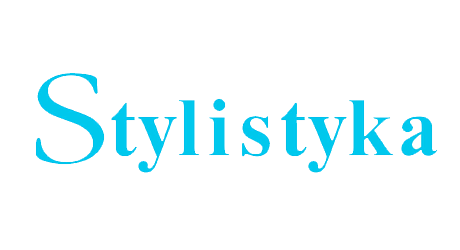

The paper deals with stylistics and persuasion but, in order to be able to speak about them, we started first with the presentation of rhetoric that represents the core for both the study of style and the study of argumentation. Stylistics and persuasion represent, in fact, the two meanings of the new rhetoric: study of style and art of argumentation, which are only apparently divergent (in reality, they are able to function together). The figures of speech (associations of words that can embellish and render force to the discourse) are closely connected to the study of style. We insisted mainly on the rhetoric figures (figures of words, of meaning, of construction, of thought), as they are the ones that play a persuasive role. Persuasion is linked to argumentation, both being focused on the receiver and expecting an action from him. For argumentation we identified the most important argumentative strategies (of cooperation, interrogation, polemic negation, rejection, metaphor), based on different argumentation and persuasion techniques, that have as the main objective the influencing of the interlocutor, the change of his beliefs and attitudes, techniques that can also appear in negotiation, seen as an argumentative discourse. Persuasion, apart from the quality of the arguments presented, is also efficient if it fulfils four criteria: credibility, coherence, consistency and congruence and also if the language and style used are adequate to the auditory, to their social and educational standards etc. At the same time, because persuasion combines the appeal to intellect with the appeal to emotions, the arguments are frequently followed in the persuasive discourse by rhetoric figures. In order to see the connection between stylistics and persuasion, the way in which the rhetoric figures and the arguments help and complete each other during the persuasive discourse, we have chosen a fragment from the last discourse of Jim Jones, the founder of the Peoples Temple, discourse held in front of his followers and which had as a result the suicide of more than 900 people. This discourse proves the power of persuasion, the (sometimes) lethal force of language.
##plugins.themes.libcom.download_files##
##plugins.themes.libcom.cit_rules##